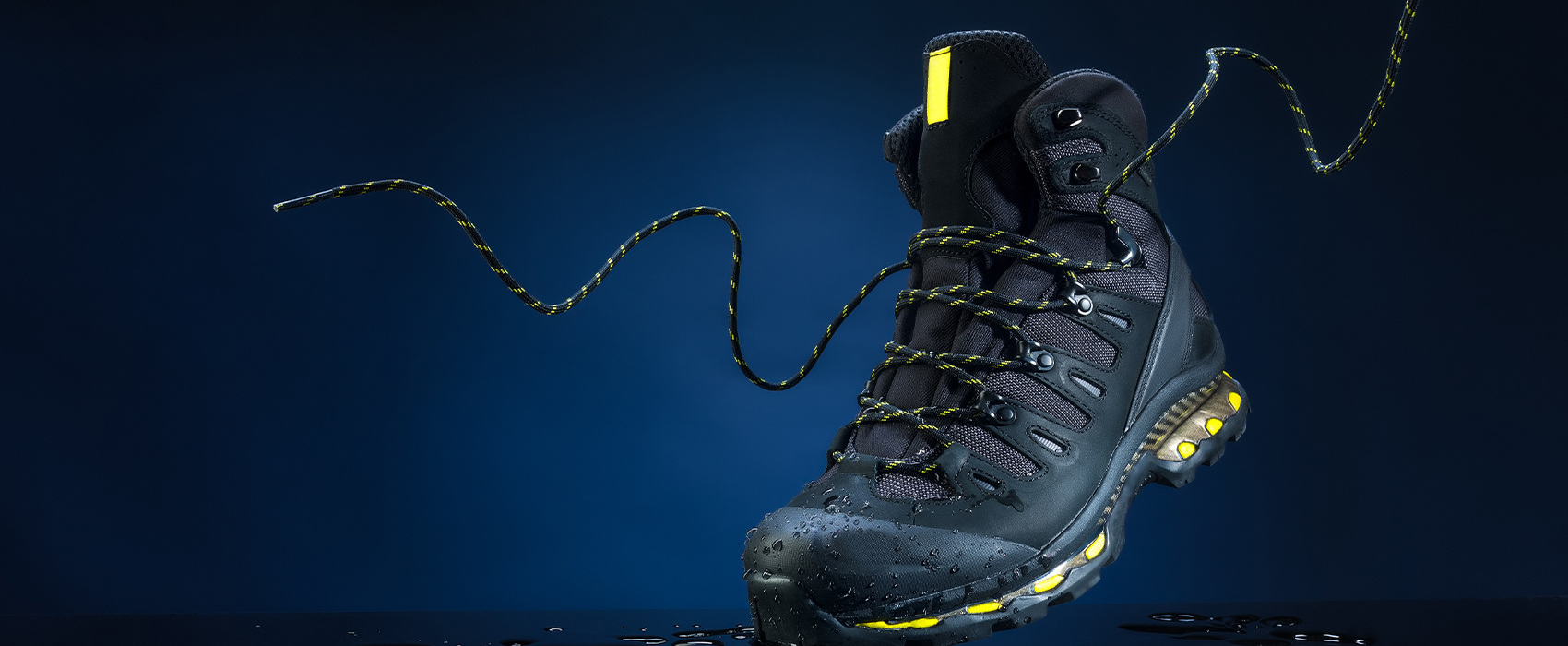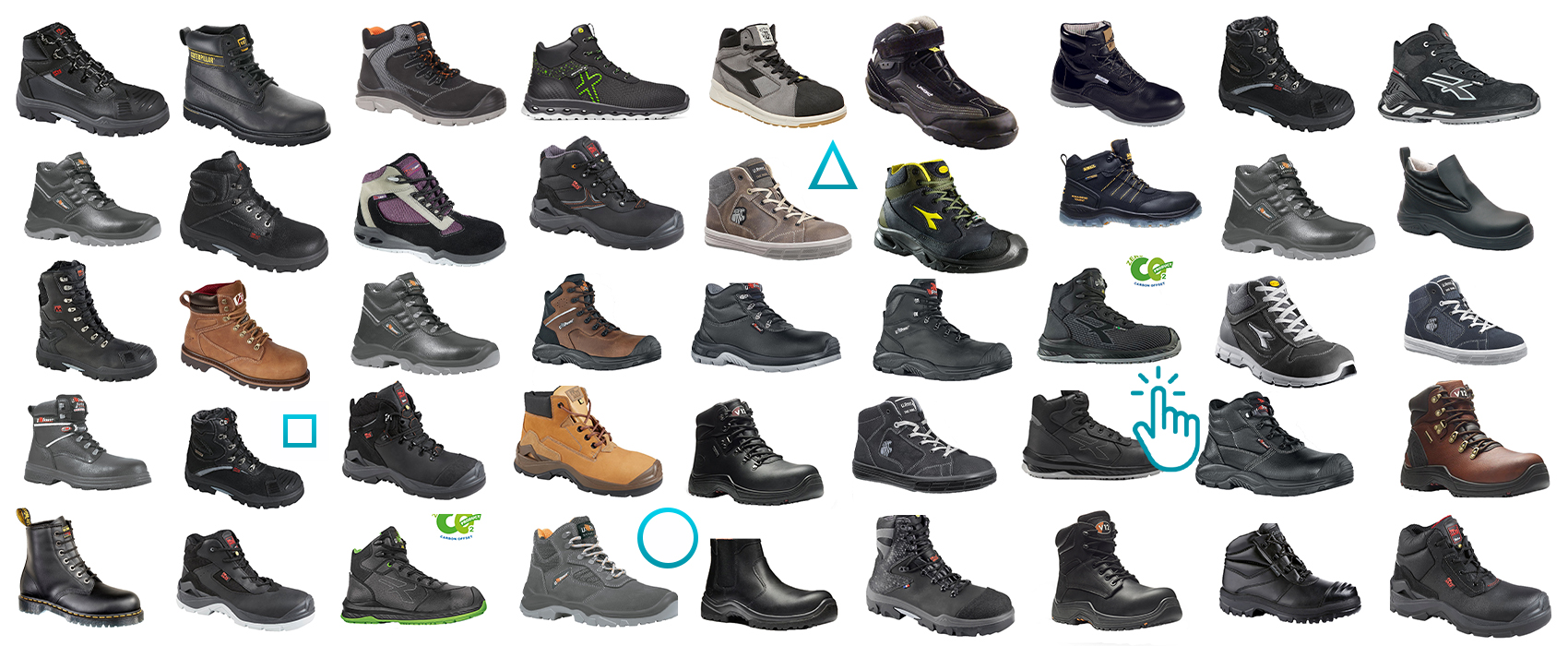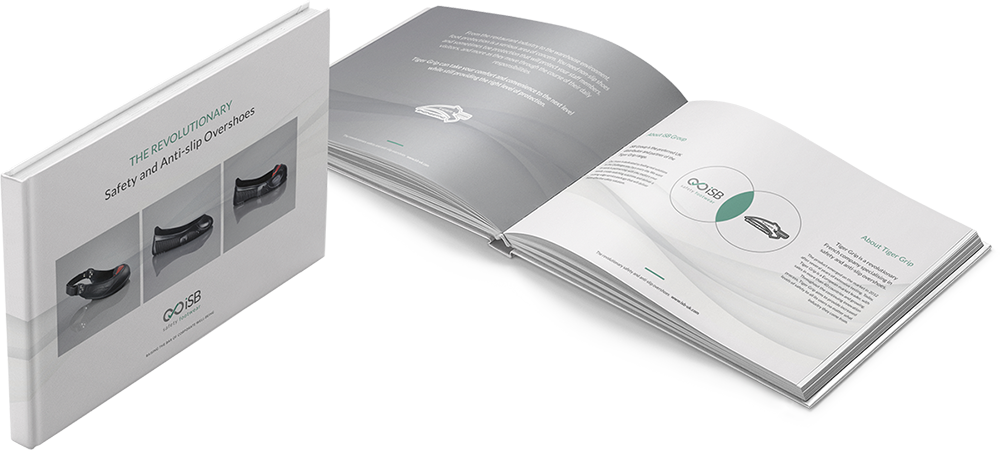
Are you wearing your safety boots properly?
We talk a lot about the importance of purchasing high quality, comfortable and correctly-sized safety footwear for your teams. But, in reality, purchasing that footwear is only half the story. You’ve also got to encourage employees to wear it – and wear it correctly.
If you’re thinking to yourself: ‘How hard is it really to wear a pair of safety boots properly?’ then you’re probably not alone. But there may be more to it than you think.
Read on to find out more…
Safety boot fastening
It should go without saying that safety boot fastenings – whether laces, zips or hook-and-loop – should be secure at all times, but you might be surprised at the number of people walking around your workplace without their shoes properly fastened.
Loose boots allow the wearer’s foot to move around inside as they walk, increasing the chance of them tripping and falling. This movement, however small, may also result in blisters or reduce the effectiveness of protective features in the event of an accident.
Laces
Laces should be tied securely to prevent them from snagging on anything or trailing around, increasing potential for that person to trip and fall.
Zips
Some work boots come with a side zip as a quick method of getting them on and off. This zip should always be done up during wear, even if the boots come with an additional lacing system.
Unfastened zips not only create a snagging hazard but will easily let in water and dirt.
What’s more, zip-sided boots usually come with additional material in the ankle area to provide support and reduce the risk of twisting or rolling. With the zip left unfastened, this support is removed.
How tight should I tie my work boots?
As with any other type of footwear, safety boots should be tied such that they feel snug and supportive, but not tight. Properly fastened safety boots should hold the wearer’s heel firmly in place and fit snugly around the ankle, without restricting movement.
Our tip: Unfastening your safety boots properly at the end of each shift is just as important as ensuring they are properly fastened in the first place. Don’t be tempted to kick or slip off your boots without untying the laces, as this can damage the heel and result in the back of the sole unit detaching from the upper over time. Instead, take an extra few seconds to unlace them properly.
Safety boots: The importance of socks
We’re sure no one would ever try wearing safety boots without socks, but are willing to bet that most people don’t think that hard about what type of socks they wear with them.
But while a safety boot might provide protection for the feet from external hazards, the wearer’s sock is the part that is going to be directly in contact with their skin at all times – so it makes sense to give it the same consideration.
Wearing the right socks with safety boots can add an extra layer of warmth in cold environments, and help feet to breathe in the warmer weather. As well as keeping the feet at a comfortable temperature, they will also add extra comfort and protection against rubbing or chaffing.
Sturdy work boots with reinforced toe caps and other protective components are best teamed with a heavy-duty sock made from thick, soft, reinforced material in a no-rub design.
Safety boots: A note on insoles
While adding an extra insole to your footwear may improve comfort and fit in a casual shoe, it is to be avoided in safety footwear. Adding an extra footbed will push the foot up and out of alignment, increasing the likelihood of toe crushing in the event of an accident and causing the foot to rub on the material designed to support it. It can also reduce the effectiveness of existing anti-static insoles, leaving the wearer vulnerable to electric shocks. What’s more, continually walking on additional padding is a bit like walking on a soft mattress all day long – it’s going to sap your energy, make you unsteady on your feet and will eventually make your feet, ankles and knees hurt.
Wearing safety boots with trousers: To tuck or not to tuck?
Unless it is part of your employer’s specific health and safety policy, it is not generally recommended to tuck trousers into safety boots. This is because the extra material can trap hazards such as sharp or air-born materials, or sparks, increasing the chance of harm to the wearer.
If you find your workers are tucking their trousers into their work boots to keep warm in cold weather, it might be time to review your workwear provision. Providing your team with thermal base layers, including socks, is a safer and more effective way to keep them warm on the job. Likewise, a high-leg safety boot may be a better footwear choice in these circumstances.
You might also like

Best Safety Boots 2025


















